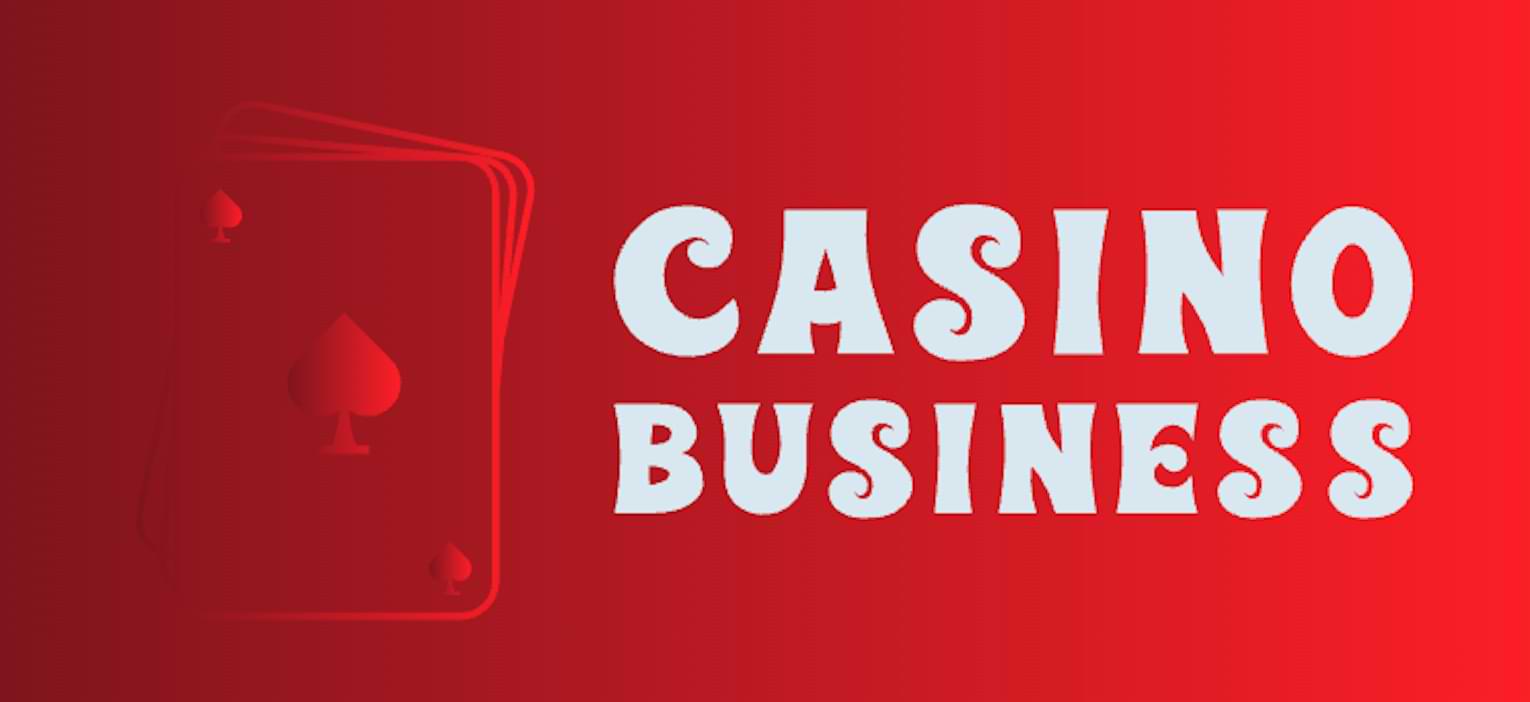Poker is a game of skill, strategy, and psychology. Whether you’re playing Texas Hold’em, Omaha, or any other variant, understanding poker hand strategy is crucial to your success. This comprehensive guide will walk you through the fundamentals of poker hand rankings, provide essential tips for selecting starting hands, explore advanced tactics, and highlight common mistakes to avoid. By the end, you’ll be better equipped to make smart decisions and maximize your winnings.
Understanding Poker Hand Rankings
Before diving into strategy, it’s essential to understand the basic hand rankings in poker. Knowing these rankings helps you evaluate your hand’s strength and make informed decisions during the game.
Poker Hand Rankings Table
| Rank | Hand Name | Example |
|---|---|---|
| 1 | Royal Flush | A♠ K♠ Q♠ J♠ 10♠ |
| 2 | Straight Flush | 9♥ 8♥ 7♥ 6♥ 5♥ |
| 3 | Four of a Kind | K♦ K♣ K♥ K♠ 2♦ |
| 4 | Full House | Q♠ Q♥ Q♦ 7♠ 7♦ |
| 5 | Flush | A♣ 10♣ 7♣ 5♣ 2♣ |
| 6 | Straight | 10♠ 9♦ 8♣ 7♠ 6♥ |
| 7 | Three-of-a-Kind | 5♠ 5♦ 5♣ K♠ 9♣ |
| 8 | Two Pair | J♠ J♦ 3♣ 3♦ 8♠ |
| 9 | One Pair | 4♠ 4♦ K♣ 10♦ 6♣ |
| 10 | High Card | A♦ Q♠ 9♣ 7♦ 3♠ |
Essential Poker Hand Strategy Tips
Your success in poker often begins with the hands you choose to play. Proper hand selection is key to staying ahead in the game.
1. Position is Key
Your position at the table is among the most critical factors in poker strategy. The later your position, the more information you have about other players’ actions. This allows you to make more informed decisions. Generally, you should play more conservatively in early positions and expand your range of hands in later positions.
2. Evaluate Hand Potential
Not all hands are created equal. High pairs like Aces, Kings, and Queens are strong starting hands that should be played aggressively. Suited connectors (like 8♠ 9♠) and low pairs can also be valuable, especially in later positions, as they have the potential to form straights, flushes, or trips.
3. Adapt to the Game Dynamics
Always be aware of the dynamics at your table. Are players being aggressive or passive? Are there a lot of tight or loose players? Adjust your hand selection and overall strategy accordingly. In a tight game, you might want to loosen up your range slightly, while in a loose game, tightening up can help protect your stack.
Advanced Poker Hand Strategy Concepts
Once you’ve mastered the basics of hand selection, it’s time to delve into more advanced strategies that can elevate your game.
1. Bluffing and Semi-Bluffing
Bluffing is an essential part of poker, but it should be used strategically. A well-timed bluff can win you pots even when you don’t have the best hand. Semi-bluffing, where you bet with a drawing hand that has the potential to improve, can be particularly effective. It gives you two ways to win: either by making your opponent fold or by completing your draw.
2. Pot Odds and Expected Value
Understanding pot odds and expected value (EV) is crucial for making profitable decisions. Pot odds help you determine whether a call is worth making by comparing the current size of the pot to the cost of a contemplated call. If the potential payoff is greater than the cost of your bet, it’s generally a good decision. Expected value, on the other hand, is a long-term calculation that helps you understand the profitability of your decisions over time.
3. Reading Opponents
Reading your opponents is one of the most valuable skills in poker. Pay attention to betting patterns, timing, and physical tells if you’re playing live. Identifying whether an opponent is likely to be bluffing or holding a strong hand can give you the edge you need to make the right call or fold.
4. Bankroll Management
No matter how skilled you are, variance is an inherent part of poker. Proper bankroll management ensures you stay in the game even when you hit a losing streak. A general rule of thumb is to never risk more than 5% of your total bankroll on a single game or hand. This conservative approach helps you weather the ups and downs of poker without going broke.
Common Poker Mistakes to Avoid
Even experienced players can fall into common traps. Here are a few mistakes to watch out for:
1. Playing Too Many Hands
One of the most common mistakes beginners make is playing with too many hands. While it might be tempting to stay in the action, this often leads to losing chips. Stick to playing strong hands, especially in early positions, and avoid getting involved with weak holdings.
2. Ignoring Position
Neglecting the importance of position can be costly. Playing hands out of position limits your ability to make informed decisions, often forcing you to act before seeing what your opponents do. Always consider your position before deciding to play a hand.
3. Failing to Adjust Strategy
Poker is a dynamic game, and failing to adjust your strategy based on the situation can lead to losses. If your usual tactics aren’t working, or if the table dynamics have shifted, be willing to adapt. This might mean tightening up, loosening up, or changing your approach to bluffing.
4. Tilt Management
Tilt is a state of emotional frustration that can lead to reckless decisions. It’s crucial to manage your emotions and stay disciplined, especially after a bad beat. If you feel yourself starting to tilt, take a break, and return to the game with a clear mind.
Frequently Asked Questions (FAQs) About Poker Hand Strategy
1. What is the most important factor in deciding which hands to play in poker?
- Answer: The most important factor is your position at the table. Players in later positions (closer to the dealer button) have more information and can play a wider range of hands, while players in early positions should stick to stronger hands to avoid difficult decisions later in the round.
2. How do I decide when to bluff?
- Answer: Bluffing should be used strategically and not too frequently. Ideal situations for bluffing include when you are in a late position and your opponents have shown weakness (e.g., by checking or making small bets). Semi-bluffing, where you bet with a hand that has the potential to improve, can also be effective.
3. What are pot odds, and why are they important?
- Answer: Pot odds are the ratio of the current size of the pot to the cost of a contemplated call. They help you determine whether a call is profitable in the long run. If the pot odds are favorable, it means the potential reward is greater than the risk, making it a good decision to call.
4. How should I manage my poker bankroll?
- Answer: Effective bankroll management is crucial to long-term success in poker. A common rule is to never risk more than 5% of your total bankroll on a single game or hand. This conservative approach helps you stay in the game through ups and downs, protecting you from going broke during losing streaks.
5. What are the most common mistakes to avoid in poker?
- Answer: Some common mistakes include playing too many hands, ignoring your position, failing to adjust your strategy to the game’s dynamics, and letting emotions (tilt) influence your decisions. Avoiding these mistakes can significantly improve your poker results.
6. How can I improve my ability to read opponents?
- Answer: Improve your ability to read opponents by paying attention to their betting patterns, timing, and physical tells (in live games). Consider how they have played previous hands and use that information to make educated guesses about their current hand strength.
7. Is it better to play aggressively or passively in poker?
- Answer: In general, an aggressive style—characterized by frequent betting and raising—is more effective than a passive style of just calling. Aggression puts pressure on your opponents and can force them to make mistakes. However, it’s important to balance aggression with strategic considerations, such as your position and the strength of your hand.
8. What is tilt, and how can I avoid it?
- Answer: Tilt is a state of emotional frustration that can lead to reckless and unprofitable decisions. To avoid tilt, it’s important to stay disciplined, take breaks when necessary, and not let a bad beat or a series of losses affect your gameplay. Recognizing the signs of tilt early can help you prevent it from impacting your game.
Conclusion
Mastering poker hand strategy involves more than just knowing the rankings—it’s about making smart, calculated decisions based on your position, your hand, and the dynamics of the game. By focusing on solid starting hand selection, employing advanced tactics like bluffing and pot odds analysis, and avoiding common mistakes, you can significantly improve your poker performance. Remember, poker is a game of skill, patience, and continuous learning. The more you refine your strategy, the better your results will be at the table.


